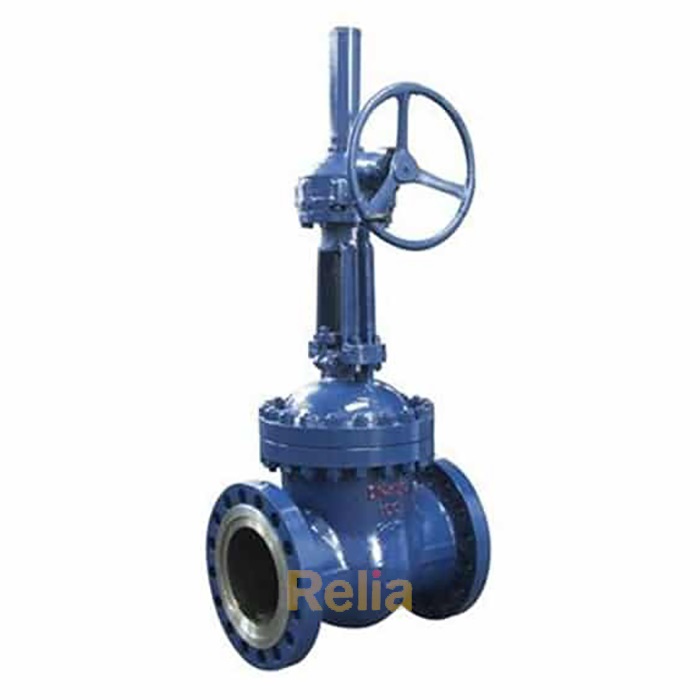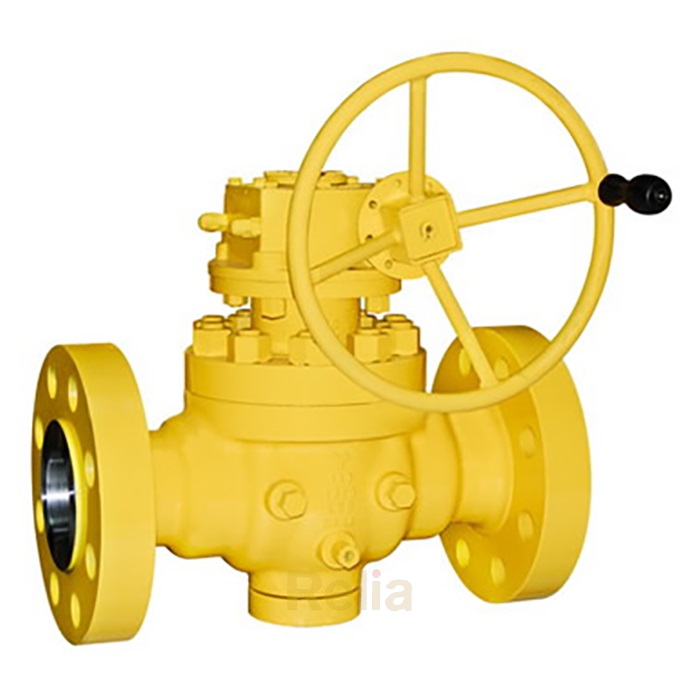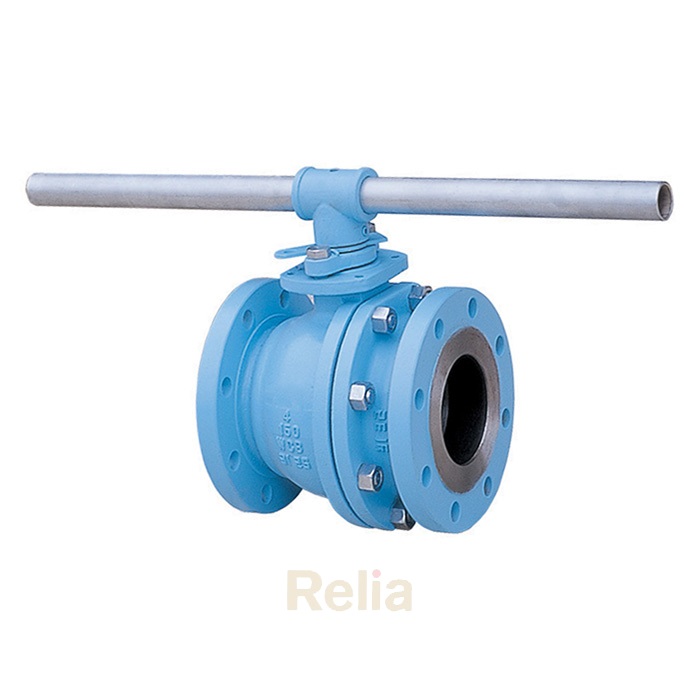MSS SP-55: Quality Standard for Steel Castings for Valves
The MSS SP-55, Quality Standard for Steel Castings for Valves, Flanges, Fittings, and Other Piping Components– Visual Method for Evaluation of Surface Irregularities, was originally adopted in 1961. It was developed for the purpose of providing the industry with a uniform means for identifying various types of casting surface irregularities.
1. SCOPE
1.1 MSS SP-55 Standard Practice is intended to supplement the requirements of ASTM A216/A216M, A217/A217M, A351/A351M, A352/A352M, A389/A389M, A487/A487M, and A744/A744M, and to provide a series of reference photographs typical of the various surface irregularities common to steel pressure castings and illustrations of generally acceptable and generally rejectable quality.
Table 1 of Section 5 is provided to show MSS interpretation as to the relationship between this Standard Practice and the levels of surface quality illustrated by the comparators and the associated photographs of the Castings Technology International (CTI), “Comparators for the Definition of Surface Quality of Steel Castings”.
1.2 For additional nondestructive examinations defining quality of steel castings, this Standard Practice may be supplemented by the following MSS Standard Practices: SP-53, “Magnetic Particle Examination Method”; SP-54 “Radiographic Examination Method”; SP-93, “Liquid Penetrant Examination Method”; SP-94, “Ultrasonic Examination Method”; and SP-112, “Visual and Tactile Method”.
2. DEFINITION OF SURFACE QUALITY BY VISUAL INSPECTION
2.1 Twelve general types of surface irregularities are characterized in the collection (see Section 3) with five examples
being included for each type. The two examples in each case shown to the left illustrate acceptable degrees of the particular type of irregularity. The three examples to the right are characterized as containing unacceptable defects.
2.2 It is recognized that problems may be encountered in evaluating surfaces of castings over a wide range of size and section thickness using the same set of standards.
This guide attempts to minimize the size effect and is intended for general use for any 4 in. x 5 in. (100mm x 125mm) area.
4. TERMINOLOGY FOR REFERENCE PHOTOGRAPHS
4.1 It should be noted that all definitions and discussions of terminologies apply only to surface irregularities and not to internal defects. The types of surface irregularities illustrated in the reference photographs are as follows:
a) Type I – Hot Tears and Cracks
Linear surface discontinuities or fractures caused by either internal or external stresses or a combination of both acting on the casting. They may occur during, or subsequent to, solidification. In general, visible surface cracks or hot tears, or both, are not acceptable.

b) Type II – Shrinkage
A void left in cast metal as a result of solidification shrinkage and the progressive freezing of metal, which is exposed upon cutting off risers and gates.
c) Type III – Sand Inclusions
Sand that becomes entrapped in the molten metal and shows on the surface of the casting.
d) Type IV – Gas Porosity
Voids in cast metal caused by entrapment of gas during solidification.
e) Type V – Veining
Features on the surface of castings appearing as a ridge and associated with movement or cracking of sand.
f) Type VI – Rat Tails
Features on the surface of castings appearing as a depression resulting from faulting or buckling of the mold surfaces.
g) Type VII – Wrinkles, Laps, Folds and Cold Shuts
Surface irregularities caused by incomplete fusing or by folding of molten metal surfaces.
h) Type VIII – Cutting Marks
Irregularities in casting surfaces resulting from burning or mechanical means used in the cleaning of castings.
i) Type IX – Scabs
Slightly raised surface blemishes that are usually sand crusted over by a thin porous layer of metal.
j) Type X – Chaplets
Evidence of chaplets on surface of casting disclosing incomplete fusion, which likewise can apply to internal chills.
k) Type XI – Weld Repair Areas
Evidence of improper surface preparation after welding.
l) Type XII – Surface Roughness
Surface texture due to design, pattern, gating, and sand conditions.




